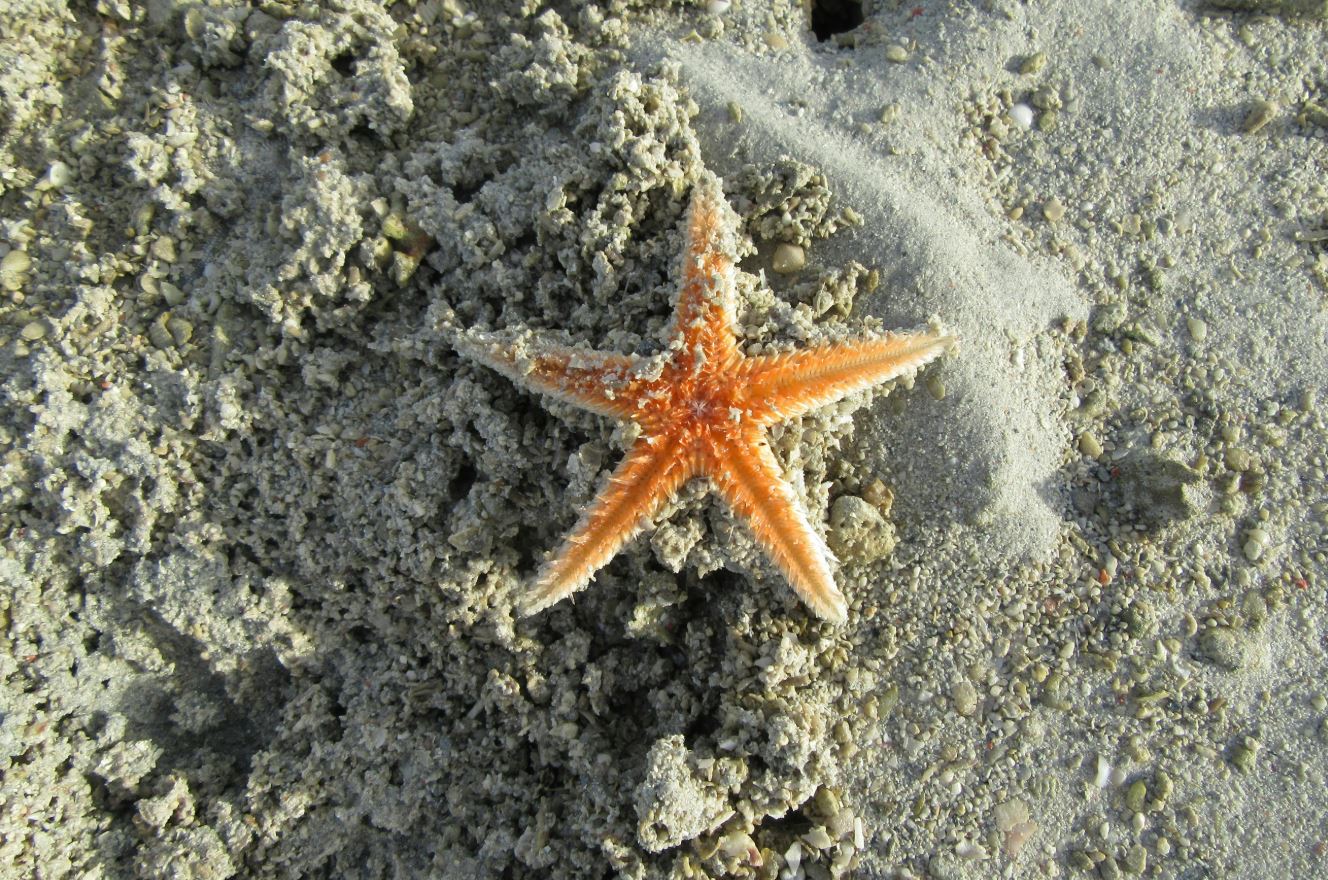 Researchers at Seoul National University of Science and Technology have engineered a clever underwater adhesion system inspired by the tube feet of starfish. This design could soon help you tackle challenges in underwater robotics, marine repairs, and medical device applications—without depending on chemical adhesives.
Researchers at Seoul National University of Science and Technology have engineered a clever underwater adhesion system inspired by the tube feet of starfish. This design could soon help you tackle challenges in underwater robotics, marine repairs, and medical device applications—without depending on chemical adhesives.
Professor Hyunsik Yoon and his team have fashioned artificial tube feet that combine a flexible hydrogel ‘mouth’ with a rigid stem, allowing for a temporary and controllable hold underwater. When the hydrogel cylinder transforms into a cupped pad on contact, it spreads and creates a vacuum, producing an adhesion force of up to 65 kPa. This approach is not only reversible but also echoes the subtle tactics seen in nature, much like those used by geckos and octopuses.
You might recall the frustrations of unreliable adhesion in challenging environments—this innovation offers a more precise and consistent alternative. Its potential spans from relocating fragile MicroLED chips in display manufacturing to securely attaching biomedical devices on moist skin, paving the way for thinner, smarter tech across industries.
Professor Yoon explains, “The starfish-inspired adhesion technology could play a pivotal role in pushing the boundaries of both display manufacturing and biomedical engineering. In display tech, its controlled grip may enhance chip transfer processes in MicroLED production, potentially leading to brighter and more energy-efficient screens for a range of devices.”
This practical, bioinspired solution highlights how lessons from nature can help overcome complex engineering challenges. If you’re interested in innovations that blend biology with cutting-edge technology, this work is a strong example of how rethinking traditional approaches can lead to significant improvements in everyday applications.








